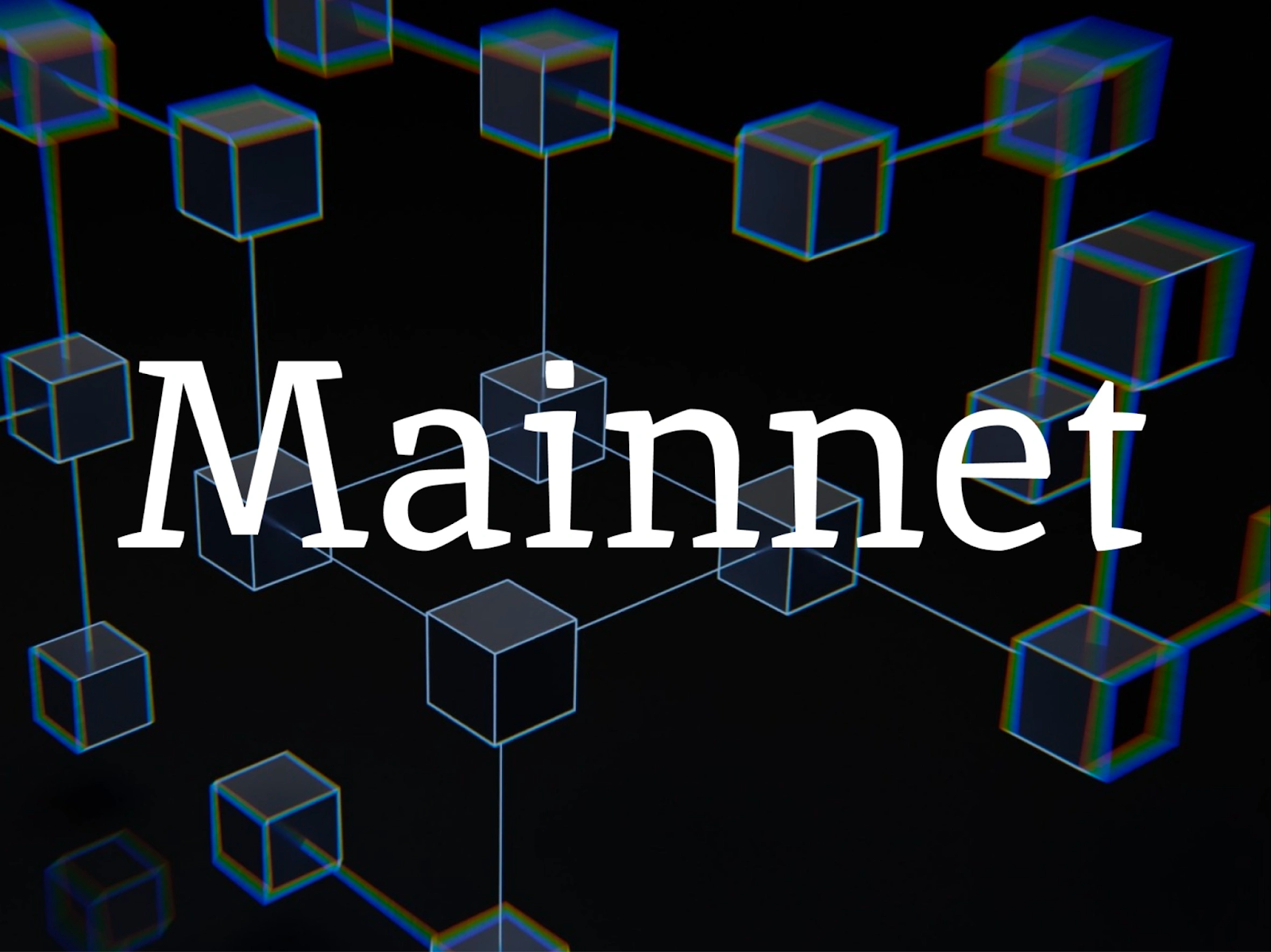
A mainnet, short for "main network," is the backbone of any cryptocurrency project, serving as a fully operational blockchain where real transactions can occur. Unlike testnets or experimental environments, a mainnet is the product of development activities, using its native cryptocurrency for transactions and functioning as the core infrastructure for a specific cryptocurrency.
This article explores the fundamental aspects of mainnets, their components, and their significance for both users and developers.
What is a Mainnet
A cryptocurrency mainnet is the primary blockchain network where real transactions occur, utilizing its native currency. Mainnets comprise distributed computer nodes, or simply "nodes," which validate and record user transactions. These nodes play a crucial role in maintaining the security and integrity of the mainnet.
Mainnets typically belong to Layer-1 projects, such as Bitcoin, Ethereum, Solana, and Binance Smart Chain, each with its native currency. Testnets, on the other hand, are prototypes used to demonstrate a project's potential capabilities before launching on the mainnet.

Mainnet Components
Mainnets consist of various components, including:
- Network nodes: Nodes can be full or light nodes, depending on their ability to store the entire blockchain history. Most mainnets aim to balance decentralization, security, and scalability by accommodating both types of nodes.
- A native cryptocurrency is essential for transactions and incentivizing miners, validators, and stakers.
- Consensus mechanisms, such as Proof of Work (PoW) or Proof of Stake (PoS), govern how transactions are validated on the mainnet
- Blocks that form the blockchain and store transaction data to create a tamper-resistant record of all transactions.
Examples of Successful Crypto Mainnet Launches
Several successful mainnet launches have significantly impacted the blockchain ecosystem. Bitcoin, Ethereum, Binance Smart Chain, and Solana are projects that have introduced innovative features, smart contracts, and decentralized applications through their mainnets.
Importance of Mainnet for Users and Developers
Miners play a crucial role in maintaining the integrity and security of a crypto mainnet. They use computational power to validate transactions, add new blocks to the blockchain, and ensure the immutability of recorded transactions.
For users, the mainnet provides a real-world setting for secure transactions and native coins. Cryptocurrency wallets and exchanges facilitate user interaction with the mainnet, allowing efficient management and trading of digital assets.
Developers benefit from the mainnet as it is an ideal environment for testing and deploying decentralized applications (DApps) and smart contracts. The decentralized structure and consensus processes of the mainnet provide a solid foundation for creating safe and open applications, promoting innovation in the broader blockchain ecosystem.
Final Remarks
In conclusion, a mainnet is a critical milestone for any blockchain project, representing its readiness for public use and real-world transactions. Understanding the components and significance of mainnets is essential for both users and developers in navigating the evolving landscape of the cryptocurrency ecosystem.



